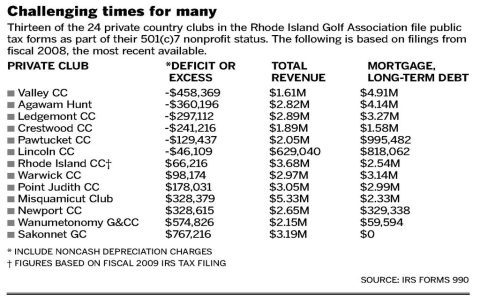Pinpointing exact Wilmington Country Club (WCC) membership costs requires direct contact as fees fluctuate and are rarely published. Based on known industry standards for premier clubs and regional specifics, here's a structured comparison framework:
Wilmington Country Club Estimated Membership Cost Structure
Expect a significant financial commitment reflecting the club's prestige, facilities (two championship golf courses, extensive amenities), and location.
- Initiation Fee: Primary driver of upfront cost. Rumored to be $50,000 - $125,000+ for full golf memberships. Potentially tiered by age (e.g., Young Executive categories may have lower initiation). Corporate memberships exist but often command premiums.
- Monthly Dues: $700 - $1,200+ estimated for full golf members. Varies by membership type (e.g., social, junior golf). Includes basic facility access but excludes consumables like F&B minimums.
- Mandatory Spending: Plan for substantial quarterly/annual F&B minimums and capital improvement fees (often $2,000 - $5,000+ annually).
- Other Costs: Cart fees, locker rentals, guest fees, assessments, and potentially equity requirements.
Uncovering Potential Best Deals
While "discounts" are uncommon at this tier, strategic approaches can optimize entry:

- Negotiate the Initiation Fee: This is the main area for potential flexibility, especially with strong member referrals or during slow intake periods. Never accept the first quoted figure.
- Explore Junior/Young Executive Programs: If eligible, these tiers typically feature dramatically reduced initiation fees (potentially 30-70% less) and slightly lower monthly dues.
- Seasonal Timing: Approach late in the calendar year or offseason; clubs may be more motivated to fill membership targets.
- Consider Non-Equity Options: Confirm if the club offers non-equity memberships. While monthly dues might be similar, the eliminated equity requirement significantly reduces long-term liability/debt upon resignation.
- Corporate Membership Analysis: If applicable, meticulously compare the corporate initiation/dues structure against the business tax benefits. Ensure transferability terms if key personnel leave.
- Waiting List Leverage: A long waiting list generally weakens negotiating power. Conversely, a shorter list might increase opportunities.
Essential Action Steps
- Request a Formal Proposal: Membership director must provide detailed, written cost breakdowns. Insist on full disclosure of all recurring and potential fees.
- Prioritize Referrals: Leverage connections with existing members. Strong sponsorship is critical for acceptance and potentially favorable terms.
- Factor in Long-Term Costs: Model initiation, 5-10 years of dues, F&B minimums, capital fees, and assessments accurately.
Summary: WCC membership is a high-tier investment. Potential "deals" stem mainly from strategic initiation fee negotiation, qualifying for younger member categories, or pursuing non-equity structures. Comprehensive cost disclosure and understanding all mandated fees are paramount before commitment.








